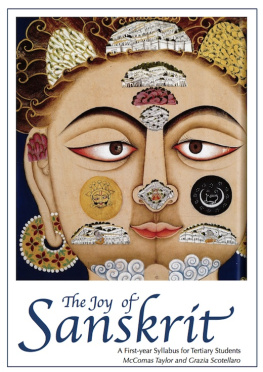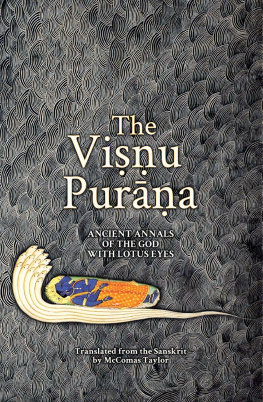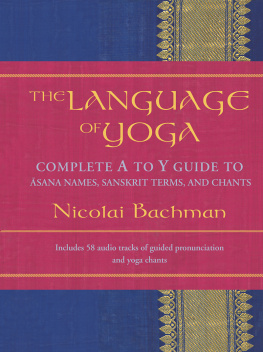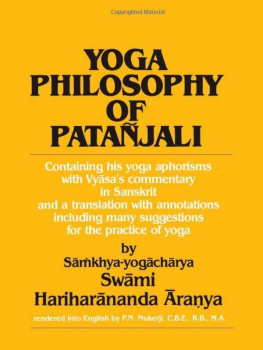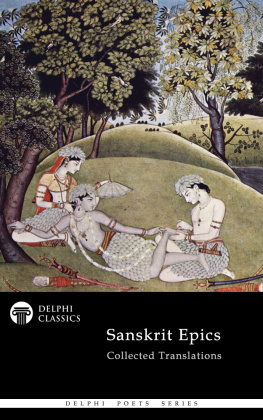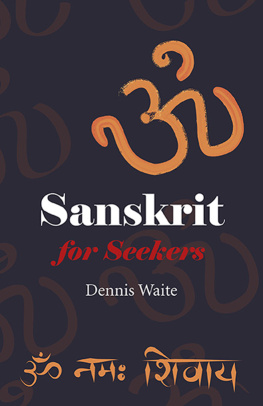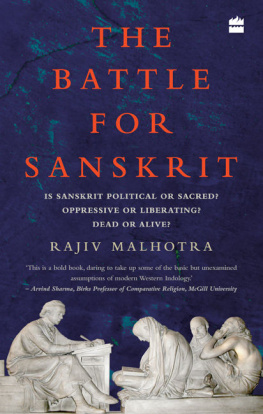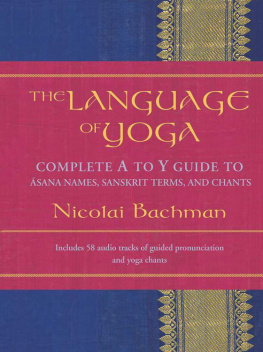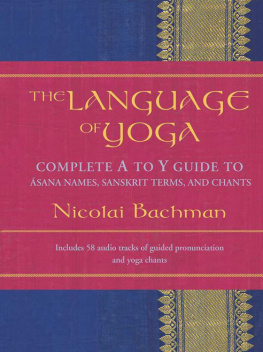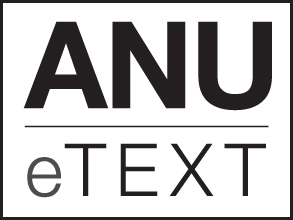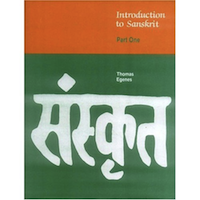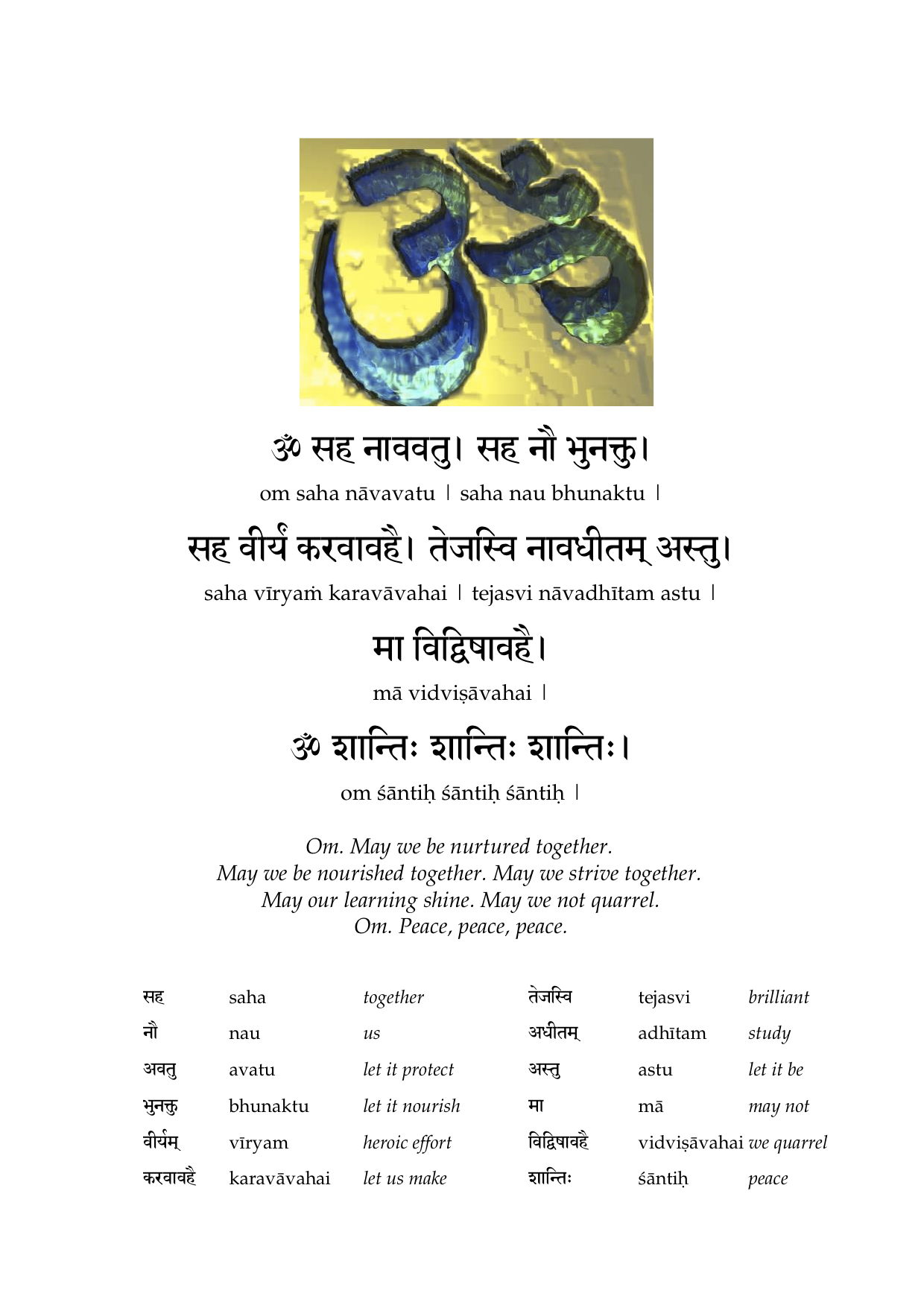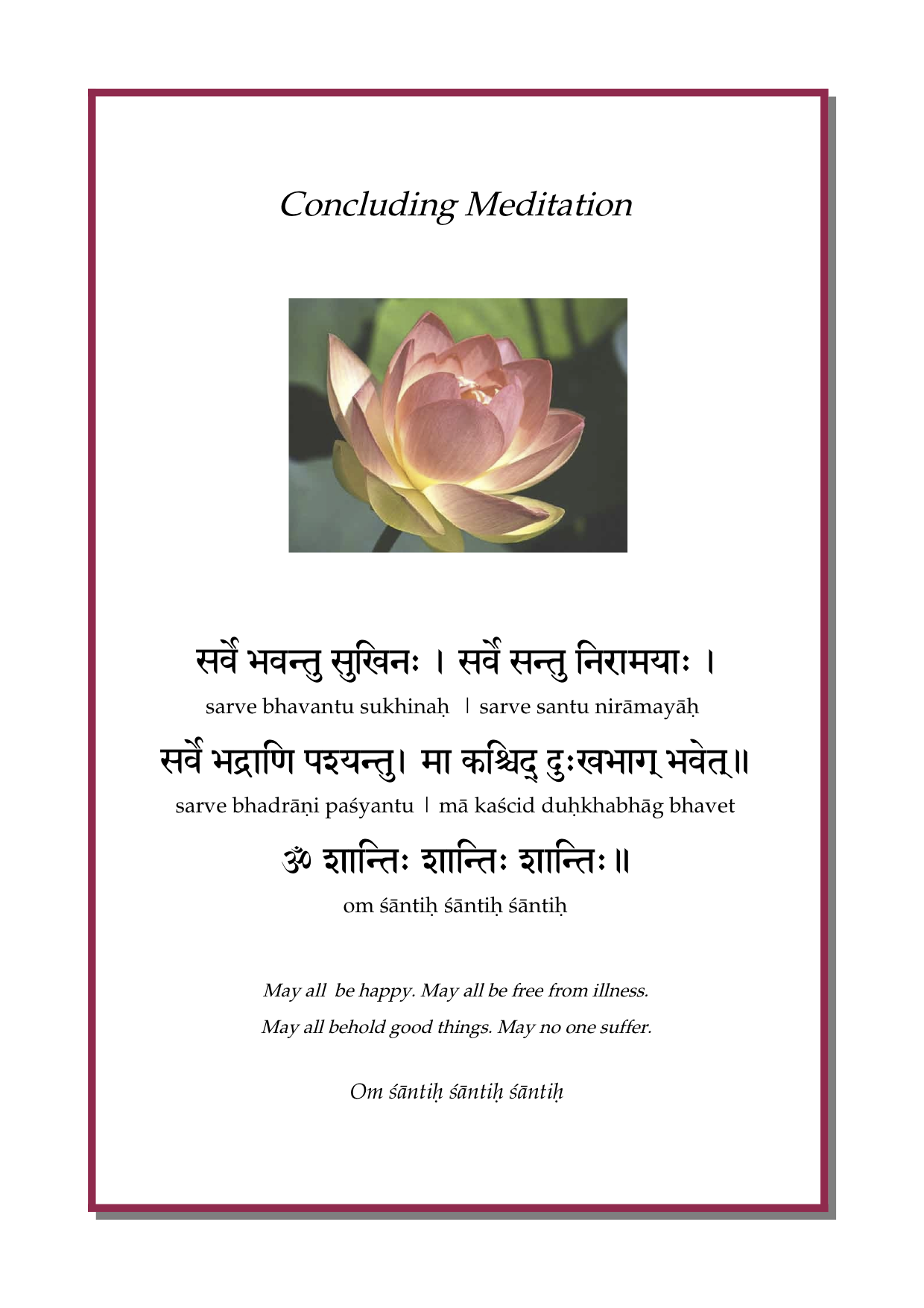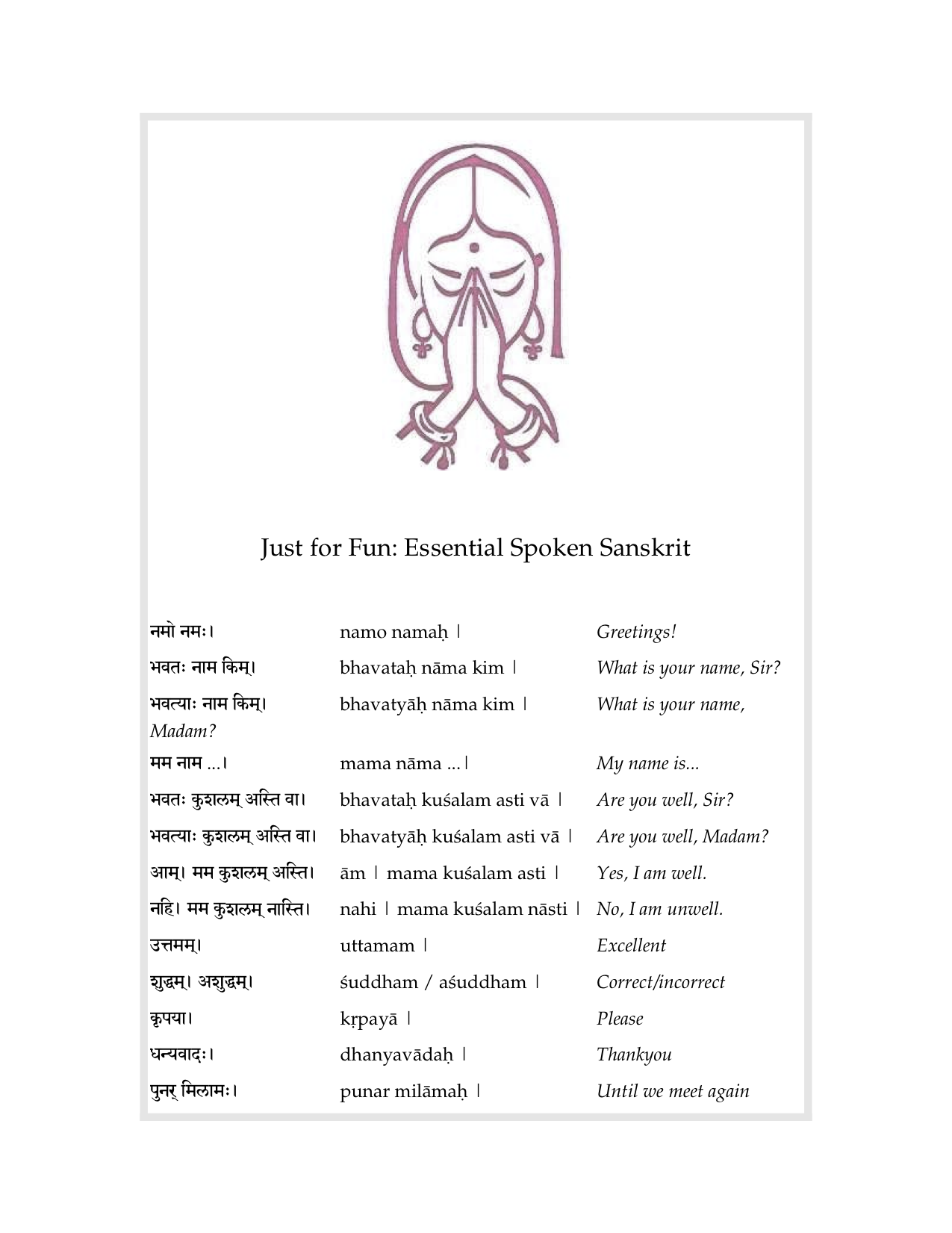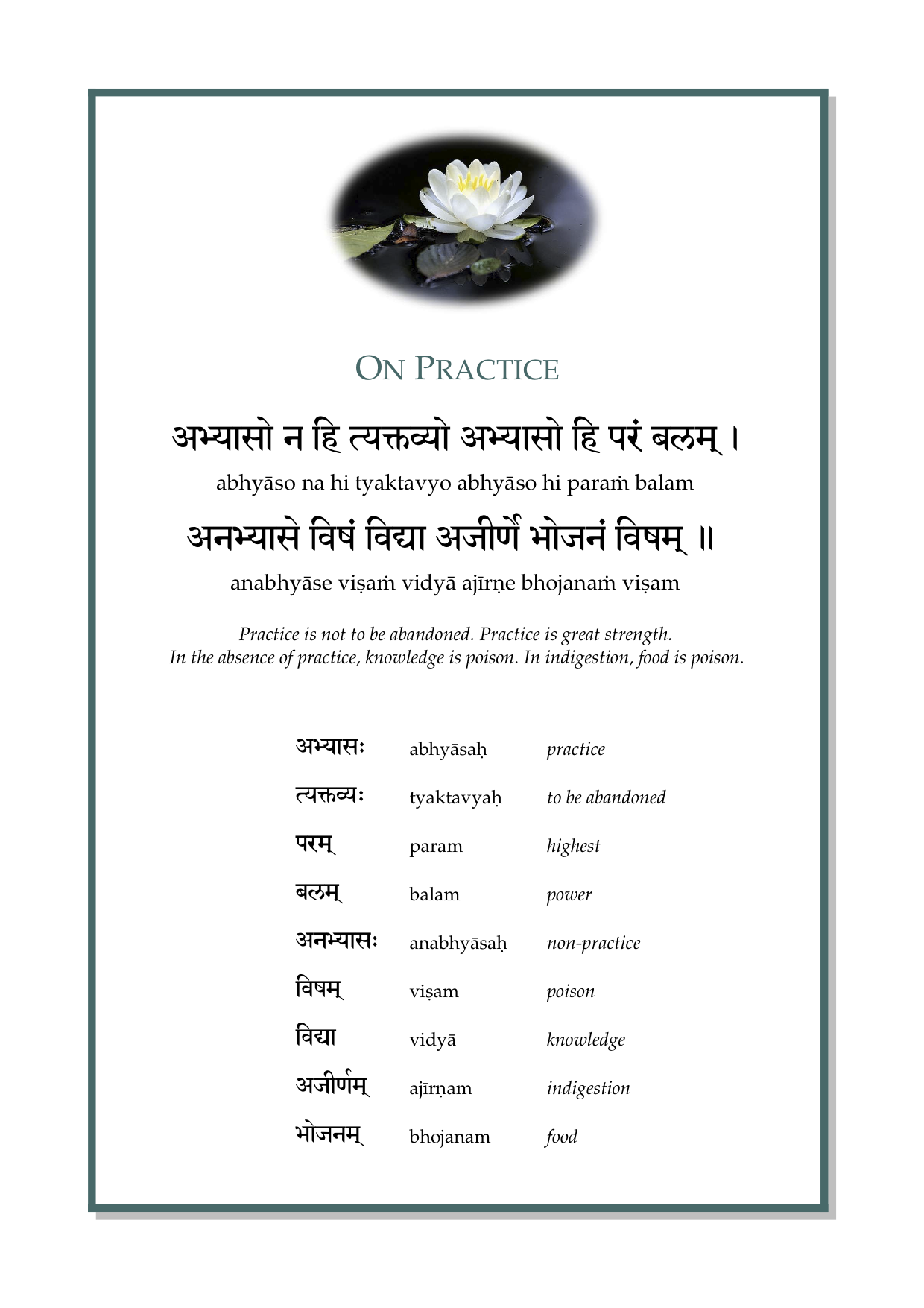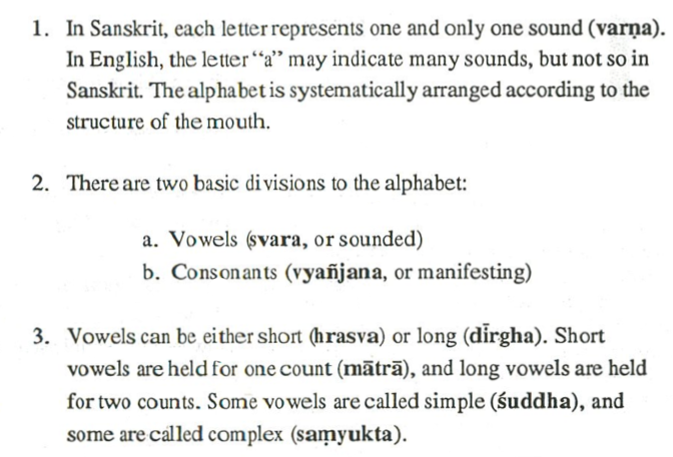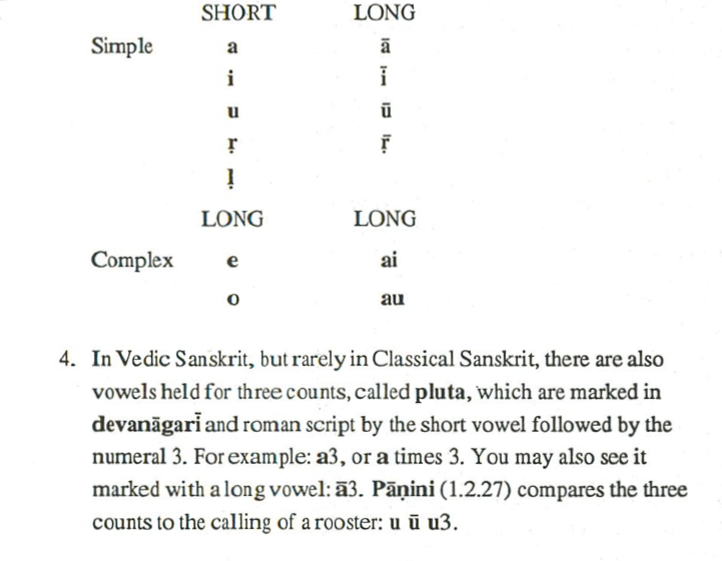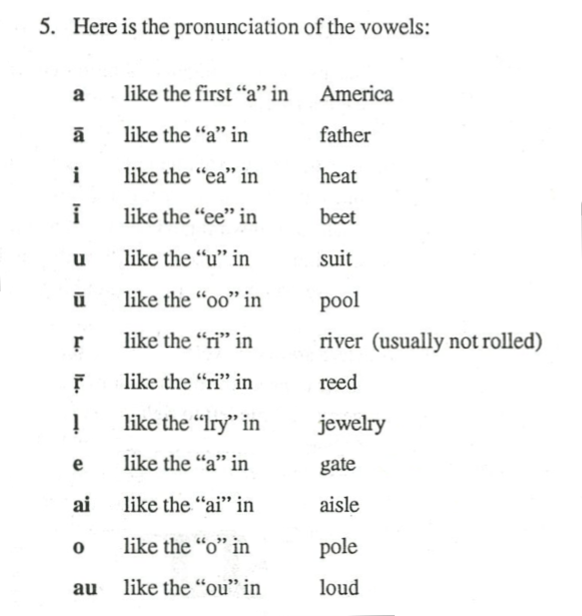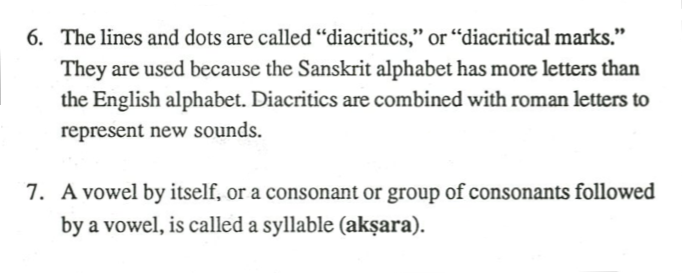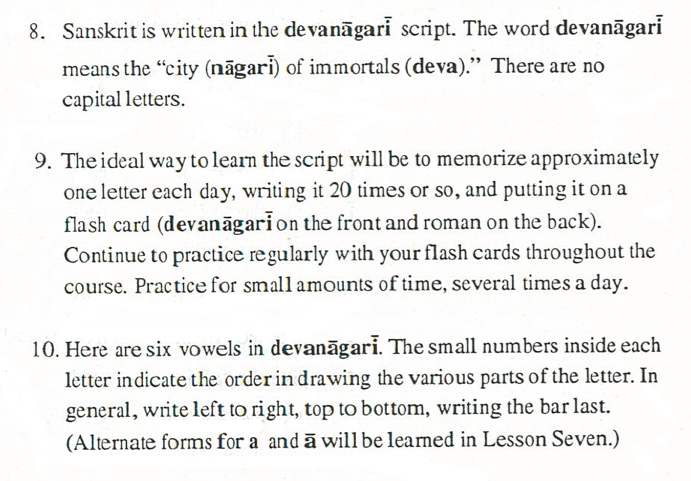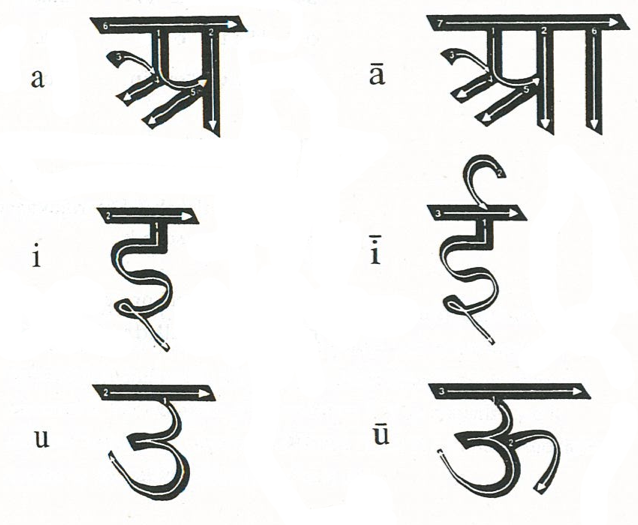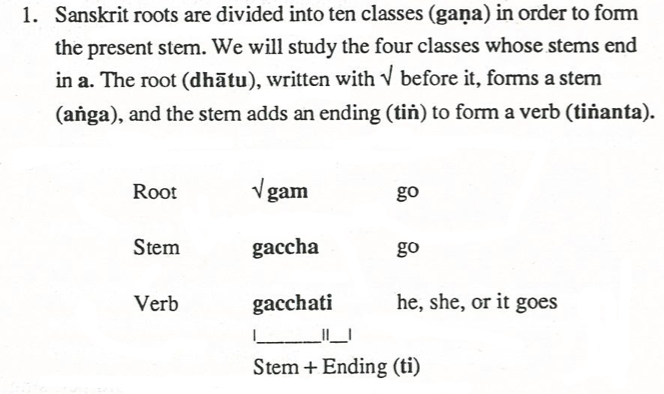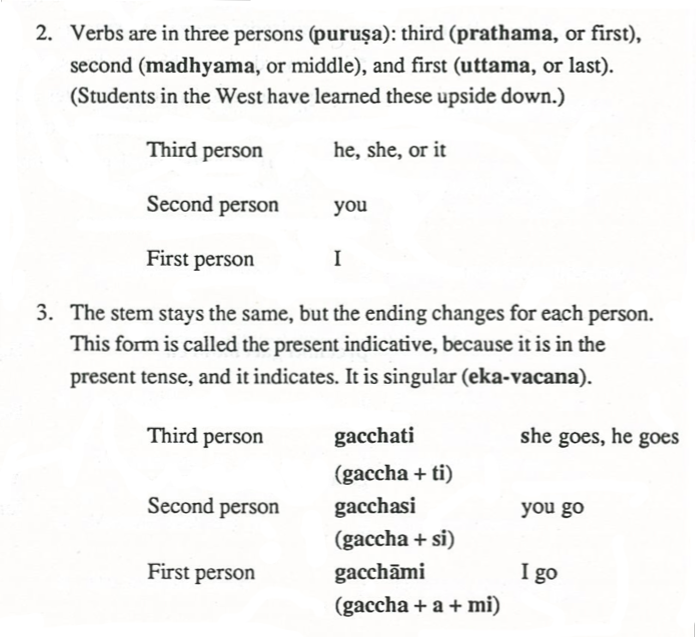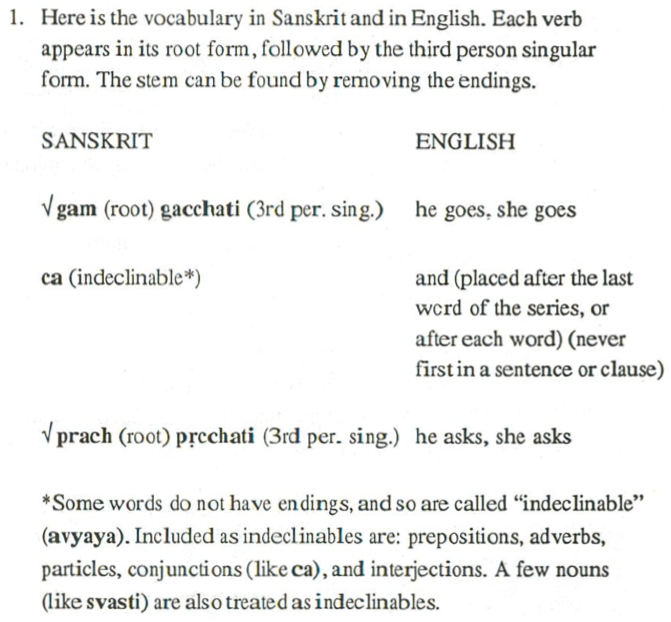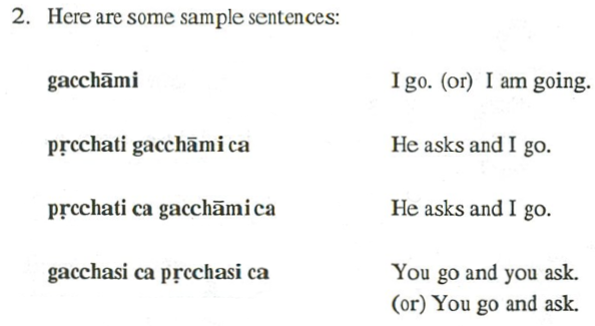Imprint and copyright information
Published by ANU eTEXT
The Australian National University
Canberra ACT 0200, Australia
Email: etext@anu.edu.au
This title is also available online at http://press.anu.edu.au
All rights reserved. No part of this publication may be reproduced, stored in a retrieval system or transmitted in any form or by any means, electronic, mechanical, photocopying or otherwise, without the prior permission of the publisher.
ISBN: 9781925021554 (ebook)
This edition 2014 ANU eTEXT
Introduction
Please play this video to learn all about this course
Course textbooks
T. Egenes. 2008. Introduction to Sanskrit, Vols 1. and 2. 3rd revised edition, Motilal Banarsidass, India . (You can buy these online, click here)
Acknowledgement
The beautiful images that we have used to illustrate the cover and the weekly section of this project are drawn from Gardens and Cosmos: The Royal Paintings of Jodhpur, edited by Debra Diamond et al., published by the Smithsonian Institution, Washington DC, 2009.
We would especially like to thank Professor Thomas Egenes, author of the course textbook, for his generous support and permission to reproduce sections of Introduction to Sanskrit in this e-pub.
How to use your iPad
This short video illustrates some of the tips and techniques to help you navigate your way around this e-pub.
From time to time you might find blank pages popping up in this e-pub. They are a result of the font-size selected or the orientation of the view that you have chosen. Please just ignore them and swipe to the next page.
Opening and Concluding Recitations
I like to begin and end each of our tutorials with a specific recitation as I feel it adds a touch of tradition and dignity to the proceedings. I learned these beautiful verses from my teacher, colleague and friend, Dr Sadananada Das.
Please listen to the audio files below in conjunction with the images on the following two pages. I will chant each phrase twice, leaving a time for you to copy me as closely as you can.
Week 1. Introduction
Week 1. Learning goals
- You will be able to form and understand the phrases from the first Simple Spoken Sanskrit sheet.
- You will be able to sing by heart the verse 'On Practice'.
- You will be able to pronounce accurately all the Sanskrit vowels.
- You will be able to form simple verbs using the singular forms of 'ask' and 'go'.
Week 1. Spoken Sanskrit
Below this text there are two audio files, and in the following section you will find a page of introductory words and phrases. We suggest that you activate the first audio below so that you can listen to my explanation, you should also swipe forward to view the page of text while listening.
You can enlarge this image by tapping on it twice and pinching out. To close it again, tap once and tap done or "x".
The second audio file contain the vocabulary only for you to practice with.
Tap here for explanation
Tap the following audio to hear the vocabulary only
Week 1. Conversation Drills
Week 1. Verse: 'On Practice'
Below this text there are two audio files, and in the following section you will find this week's verse. We suggest that you activate the first audio below so that you can listen to my explanation, you should also swipe forward to view the page of text while listening.
You can enlarge this image by tapping on it twice and pinching out. To close it again, tap once and tap done or "x".
The second audio file is the verse only for you to emulate.
Tap here for explanation
Tap here to hear the verse only
Week 1. Grammar
Week 1. Alphabet: Vowels
Stroke order for Vowels
The order in which the strokes of the letters are written is very important. Please view this video and make sure you write each stroke in the correct sequence and in the correct direction. Note that the handwritten forms of the first two letters differ significantly from the printed form in the text book.
Week 1. Grammar: Verbs
Week 1. Vocabulary
Week 1. Makkomas-stras
1.1 Verbs are formed from roots, stems and endings.
1.2 First person is I, second person is you, third person is he, she or it.
1.3 The word ca and is enclitic, as in Eggs bacon ca.
Week 1. Activities
1. Spoken Sanskrit Quiz
2. Upload your audio of the verse
3. Complete the written exercises and upload them
4. Devanagari flipcards
5. Complete and upload Devangar grids
Week 1. My notes
This e-pub allows you to add your own personal notes. Simply hold with your finger the sentence "hold finger here to enter notes" and you will be given the choice to add your notes.
To access your notes tap the screen once then tap the index icon next to the word "Library", this brings you to the index page. Now tap on the word "Notes".
Next page
